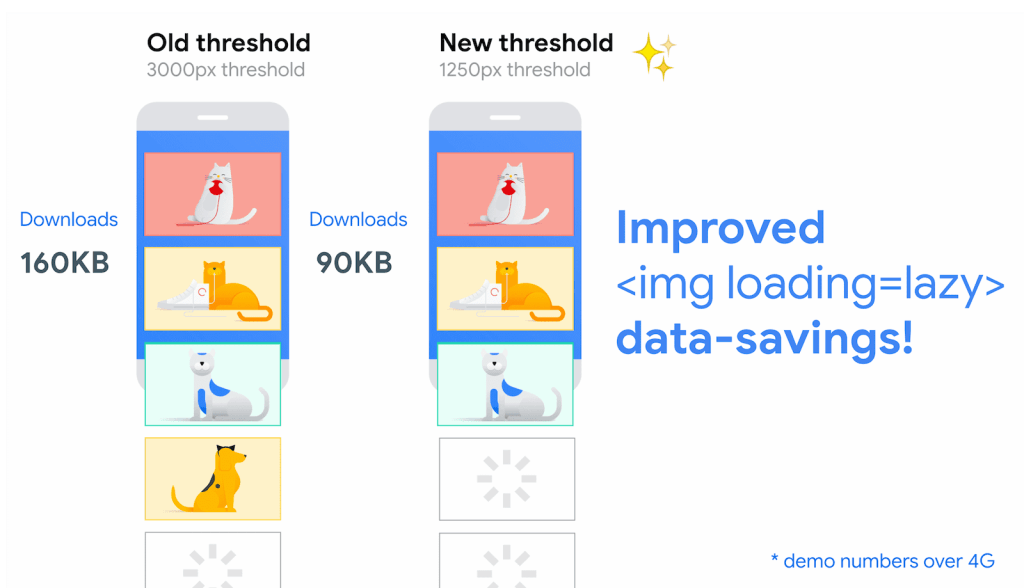In the digital world, your website is more than just a virtual storefront—it’s the epicenter of your brand’s online presence. But what good is a beautifully designed website if it doesn’t appear in search engine results? For small business owners, digital marketers, and web developers alike, understanding SEO-friendly web design is essential to enhancing your site’s visibility and attracting the right audience. This guide will unravel the intricacies of blending aesthetics with functionality to climb the search engine ladder.
Understanding the Essence of SEO-Friendly Design
Imagine your website as a lighthouse. Its purpose is to guide potential customers safely to your shores, but without the proper lighting—SEO best practices—it risks being invisible amidst the vast sea of the internet. SEO-friendly design ensures that your site is discoverable, providing clear paths for search engines and users alike.
SEO-friendly design isn’t just about sprinkling keywords throughout your text. It involves optimizing every aspect of your site, from the technical backbone to the visual elements that engage visitors. Knowing how to structure your site to align with search engine algorithms can dramatically boost your visibility and draw in traffic organically.
For small business owners, this means more opportunities to convert visitors into customers. Digital marketers can leverage their insights to create content that ranks well. Web developers, on the other hand, will find themselves crafting sites that not only look great but perform exceptionally well in search engines.
The Role of User Experience in SEO
User experience (UX) is the heartbeat of your website. Good UX design keeps visitors engaged, while poor UX drives them away. Search engines like Google reward sites that offer seamless experiences, making UX a critical factor in your SEO strategy.
A well-designed website is intuitive and easy to navigate. It anticipates the needs of users and provides solutions at their fingertips. This means clear navigation menus, fast loading times, and a responsive design that works across all devices. By prioritizing UX, you’re not only keeping your visitors happy but also signaling to search engines that your site is worth ranking.
Consider the last time you visited a website that was difficult to use. Chances are, you left quickly, frustrated by the experience. That’s precisely what you want to avoid with your own site. By focusing on UX, you’re not just improving your SEO—you’re creating a memorable experience that keeps users coming back.

Mobile Optimization A Non-Negotiable Element
Mobile optimization is no longer optional in today’s fast-paced digital landscape. With the majority of internet users accessing websites from their mobile devices, ensuring your site is mobile-friendly is crucial for both UX and SEO.
A mobile-optimized website adapts seamlessly to different screen sizes, offering an optimal viewing experience regardless of the device used. This includes fast loading times, easy navigation, and visually appealing layouts. Search engines prioritize mobile-friendly sites, meaning your efforts here will directly impact your search rankings.
Think about your own browsing habits. If a site doesn’t load properly on your phone, how likely are you to stick around? By investing in mobile optimization, you’re not just catering to your audience’s needs—you’re setting your site up for SEO success.

Speed Matters Enhancing Load Times for Better SEO
In the age of instant gratification, speed is king. Slow-loading websites frustrate users and negatively impact your SEO. Search engines take page load speed into account when determining rankings, making it essential to optimize your site for speed.
There are several ways to improve your site’s load times. Start by compressing images and using efficient coding practices. Leverage browser caching and content delivery networks (CDNs) to reduce server response times. Regularly monitor your site’s performance and make adjustments as needed.
Remember, every second counts. A delay of even a few seconds can lead to higher bounce rates and lost opportunities. By focusing on speed, you’re not only enhancing user satisfaction but also climbing the ranks of search engine results.

Keyword Strategy Laying the Foundation for Visibility
Keywords are the building blocks of SEO. They help search engines understand what your site is about and connect you with users looking for your products or services. A well-thought-out keyword strategy is essential for enhancing your site’s visibility.
Start by conducting thorough keyword research to identify the terms your target audience is searching for. Use these keywords strategically throughout your site, including in titles, headings, and meta descriptions. Avoid keyword stuffing, which can harm your rankings and readability.
Your goal is to create content that resonates with both users and search engines. By aligning your keywords with user intent, you’re more likely to attract the right traffic and achieve higher conversion rates.

Crafting Quality Content That Captivates and Converts
Content is the lifeblood of your website. It’s what draws visitors in, engages them, and ultimately convinces them to take action. High-quality content is also a critical component of SEO-friendly design.
Create content that is informative, relevant, and valuable to your audience. Use engaging storytelling techniques to capture their interest and keep them reading. Incorporate visuals, such as images and videos, to enhance the user experience and break up large blocks of text.
Remember, content should be both user-friendly and search engine optimized. This means using keywords naturally, providing clear and concise information, and offering solutions to your audience’s pain points.
The Power of Internal Linking Keeping Visitors Engaged
Internal linking is a powerful yet often overlooked aspect of SEO-friendly design. By linking to related content within your site, you guide users on a logical path and keep them engaged.
Internal links help search engines understand the structure of your site and index your pages more effectively. They also encourage visitors to explore more of your content, which can lead to longer session durations and lower bounce rates.
Think of internal links as a roadmap for your users. By providing clear pathways to additional resources, you’re not only enhancing their experience but also improving your SEO.
Optimize Images for SEO More Than Just Visual Appeal
Images are a crucial element of web design, offering visual appeal and breaking up text. However, they also play a significant role in SEO when optimized correctly.
Start by using descriptive file names and alt tags that include relevant keywords. This helps search engines understand the content of your images and rank them accordingly. Compress images to reduce file size and improve load times without sacrificing quality.
Images should enhance your content, not hinder it. By taking the time to optimize them for SEO, you’re adding another layer of depth to your website’s visibility strategy.

Leverage Social Proof Building Trust and Credibility
Social proof is a psychological phenomenon where people are more likely to trust a product or service if others have endorsed it. Incorporating social proof into your website design can enhance both user trust and SEO.
Include customer testimonials, reviews, and case studies prominently on your site. Highlight any awards or recognitions your brand has received. Encourage satisfied customers to share their experiences on social media and link back to your site.
Social proof not only builds credibility with your audience but also increases the likelihood of backlinks, which are valuable for SEO. By demonstrating that others trust your brand, you’re creating a ripple effect that can boost your search engine visibility.
The Importance of a Secure Website Protecting Data and SEO
Security is a top priority for both users and search engines. A secure website not only protects sensitive data but also enhances your SEO by building trust with search engines.
Implement SSL certificates to encrypt data and ensure secure connections. Regularly update your software and plugins to protect against vulnerabilities. Monitor your site for suspicious activity and take proactive measures to prevent breaches.
A secure website is a trusted website. By prioritizing security, you’re safeguarding your users’ information and reinforcing your site’s credibility in the eyes of search engines.

Measuring Success Using Analytics to Track Progress
Success in SEO-friendly design isn’t just about implementation; it’s about measuring and refining your strategies. Analytics tools provide valuable insights into your site’s performance and help you make data-driven decisions.
Use tools like Google Analytics to track key metrics, such as traffic sources, bounce rates, and conversion rates. Analyze user behavior to understand what’s working and what needs improvement. Set clear goals and monitor your progress over time.
Analytics is your compass on the SEO journey. By regularly assessing your site’s performance, you’re better equipped to make strategic adjustments and achieve your visibility goals.

Conclusion Elevating Your Website to New Heights
Designing an SEO-friendly website is a dynamic process that requires a balance of creativity, strategy, and technical expertise. By implementing the tips and insights shared in this guide, you’re setting the stage for enhanced search engine visibility and long-term success.
Remember, the digital landscape is constantly evolving. Stay informed about the latest SEO trends and best practices, and be willing to adapt your strategies as needed. With dedication and persistence, your website can become a powerful tool for attracting and engaging your target audience.
Ready to take your website to new heights? It’s time to put these strategies into action and watch your online presence soar. For further resources and expert guidance, consider reaching out to SEO professionals who can help you achieve your goals.

